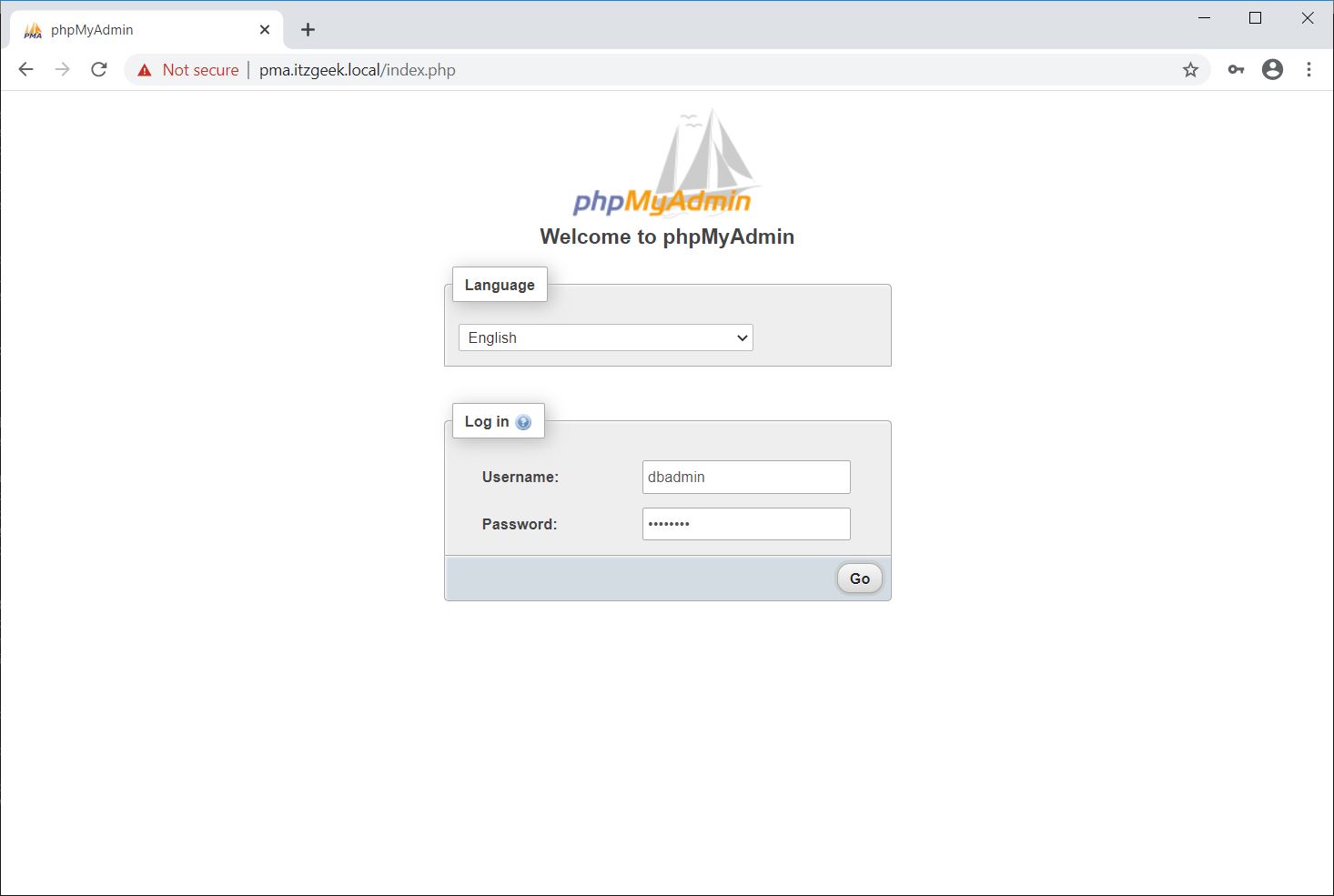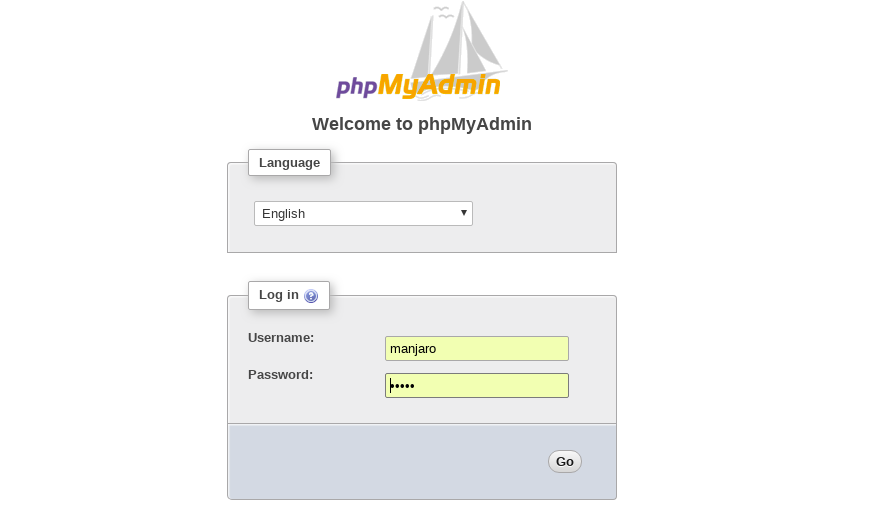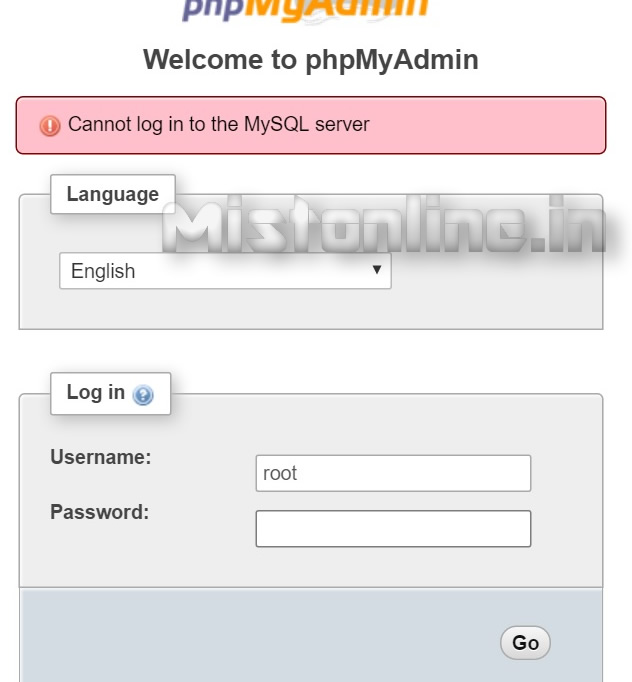

Before updating, it is recommended to backup your database and configuration files to avoid data loss.
#Phpmyadmin login update
To update PhpMyAdmin, download latest version from official website and extract files to root directory of your installation. Therefore, it is essential to keep your PhpMyAdmin installation up-to-date with latest security patches and bug fixes. Security vulnerabilities are often discovered in PhpMyAdmin, and updates are released to fix these vulnerabilities. Keep your PhpMyAdmin Installation up-to-date Replace "/path/to/ssl.key" and "/path/to/ssl.crt" with path to your SSL private key and certificate files, respectively.

#Phpmyadmin login code
Once you have an SSL certificate, open "" file and add following lines of code − $cfg = true To enable SSL encryption in PhpMyAdmin, you need to have an SSL certificate installed on your web server. When SSL is enabled, all data transferred between client and server is encrypted, making it difficult for hackers to intercept and read data. SSL encryption provides an additional layer of security by encrypting communication between client and server. Replace "192.168.0.1" and "10.0.0.0/8" with IP addresses or ranges of IP addresses you want to allow access from. You can add following lines of code to ".htaccess" file to allow access only from specific IP addresses − Order deny,allow IP-based access control is another way to restrict access to login page based on IP addresses.
#Phpmyadmin login password
You can create password file using "htpasswd" command-line tool or an online generator.


Replace "/path/to/.htpasswd" with path to password file, which contains usernames and passwords of authorized users. You can enable HTTP authentication by adding following lines of code to ".htaccess" file in root directory of your PhpMyAdmin installation − AuthType Basic HTTP authentication is a simple and effective way to restrict access to login page. You can restrict access to login page by adding an authentication layer, such as HTTP authentication or IP-based access control. PhpMyAdmin login page is entry point to your database, and it should be accessible only to authorized users. Remember to use a combination of uppercase and lowercase letters, numbers, and special characters to create a strong password. Replace "root" with a new username and "password" with a strong and unique password. Look for following lines of code − $cfg = 'root' To change default login credentials, open configuration file "" located in root directory of your PhpMyAdmin installation. Therefore, it is essential to change default login credentials to something unique and difficult to guess. This information is publicly available, and it makes it easy for hackers to gain access to your database. The default username and password for PhpMyAdmin are "root" and "password," respectively. In this article, we'll discuss four useful tips to secure PhpMyAdmin login interface to protect your data from unauthorized access. However, as with any web application, it is susceptible to security vulnerabilities if not properly secured. It provides a web interface to perform various tasks such as creating, modifying, and deleting databases, tables, and records. PhpMyAdmin is a popular tool used by web developers to manage and administer MySQL databases.


 0 kommentar(er)
0 kommentar(er)
